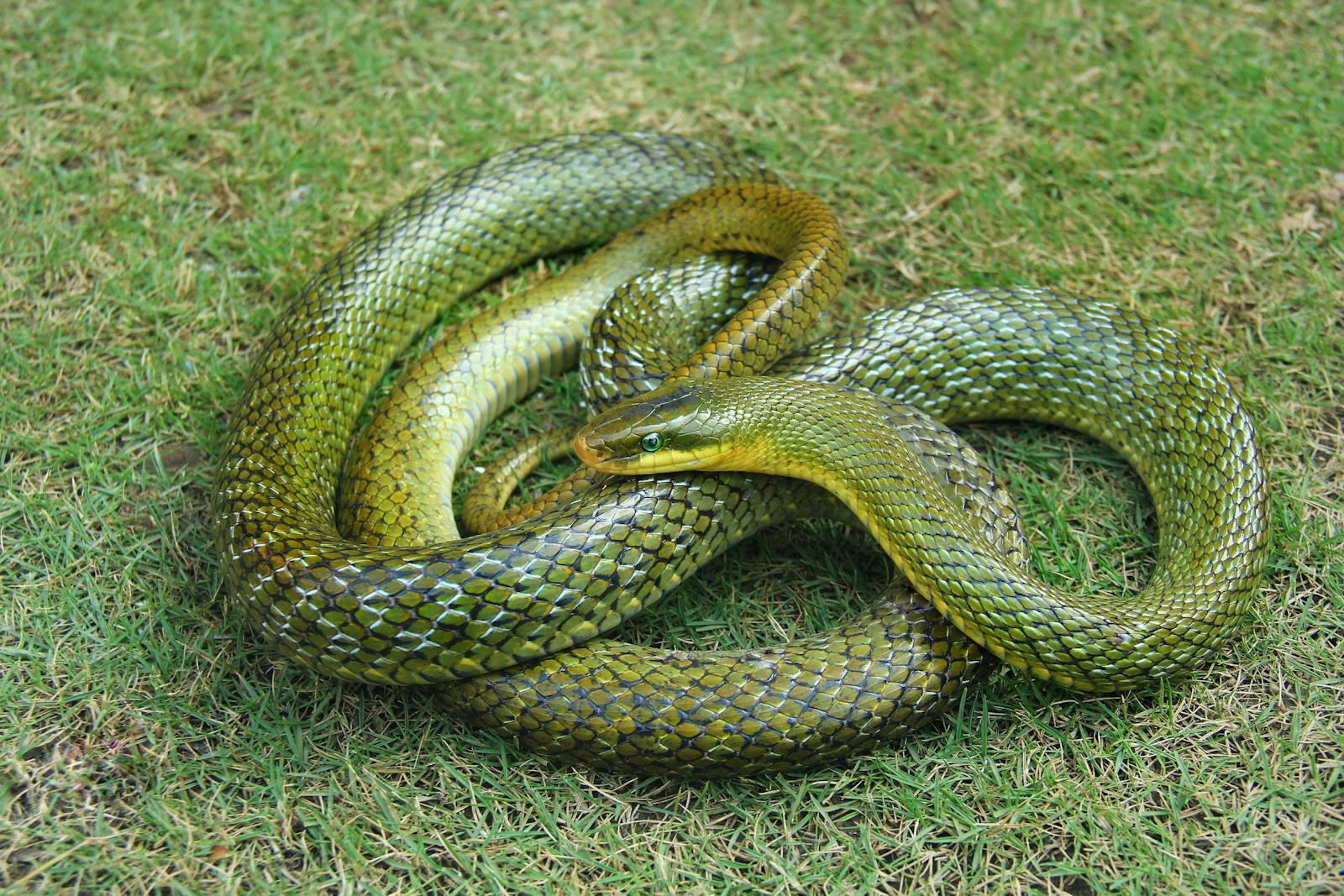When a snake encounters a new environment or stimulus, its initial reaction can tell us volumes about its individual temperament and behavioral tendencies. Just like humans and other animals, snakes display distinct personality traits that influence how they navigate their world. These first moves—whether darting for cover, freezing in place, or investigating with curiosity—aren’t just random responses but windows into a snake’s unique disposition. Understanding these behavioral cues can help reptile enthusiasts, researchers, and pet owners better care for these fascinating creatures while deepening our appreciation for their complex psychology. Recent studies have begun to document consistent personality differences among individual snakes, challenging the old notion that reptiles are merely instinct-driven automatons.
The Science Behind Snake Personality

Contrary to popular belief, snakes possess individual personalities that influence their behavior in consistent ways. Scientists define animal personality as behavioral differences between individuals that remain consistent across time and situations. Research conducted at multiple universities has documented these stable behavioral traits in various snake species, from corn snakes to pythons. Studies typically measure traits like boldness, exploration, activity level, and aggression through standardized tests. Neurobiological research suggests these personality differences stem from variations in brain chemistry, particularly involving neurotransmitters like serotonin and dopamine. These individual differences likely evolved because they provide adaptive advantages in different environmental conditions, allowing some snakes to thrive as bold explorers while others succeed through cautious strategies.
Fight, Flight, or Freeze Responses
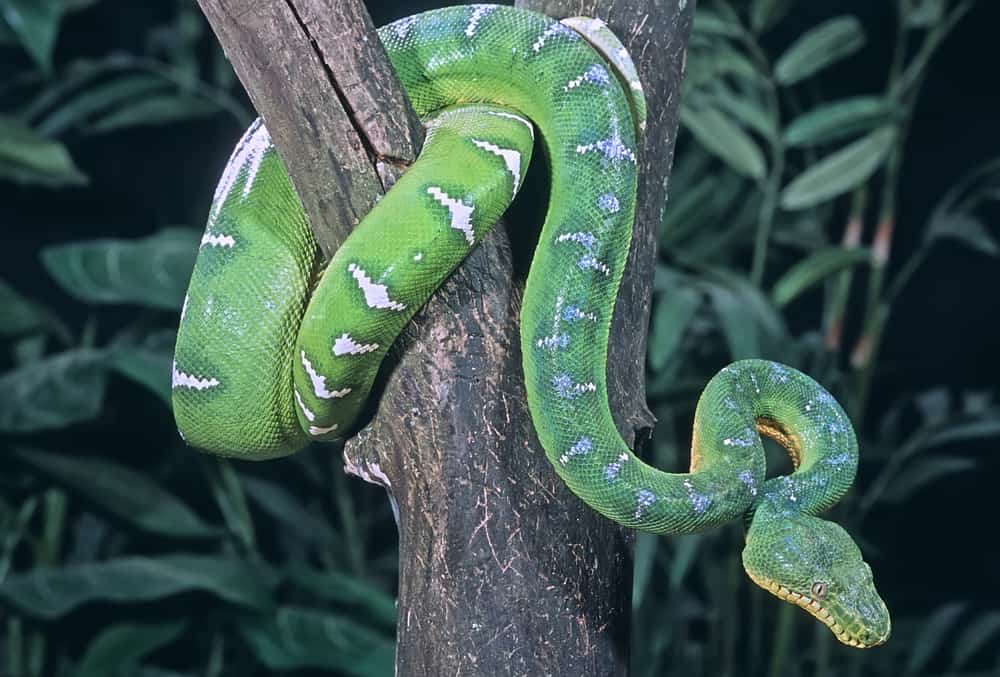
A snake’s first reaction to potential threat reveals fundamental aspects of its personality through innate defense mechanisms. When startled or encountering something unfamiliar, snakes typically display one of three primary responses: fighting (striking or displaying threat postures), fleeing (rapidly moving away), or freezing (becoming motionless). These responses are governed by the reptilian brain’s amygdala and hypothalamus, which process threat stimuli and trigger appropriate reactions. Individual snakes often show preferences for particular strategies—some consistently choose to flee while others reliably stand their ground. This preference remains relatively stable throughout a snake’s life and appears partly genetically determined, though early experiences also shape these behavioral tendencies. Understanding a snake’s default stress response provides valuable insight into its overall temperament and how it might behave in various situations.
The Bold Explorer
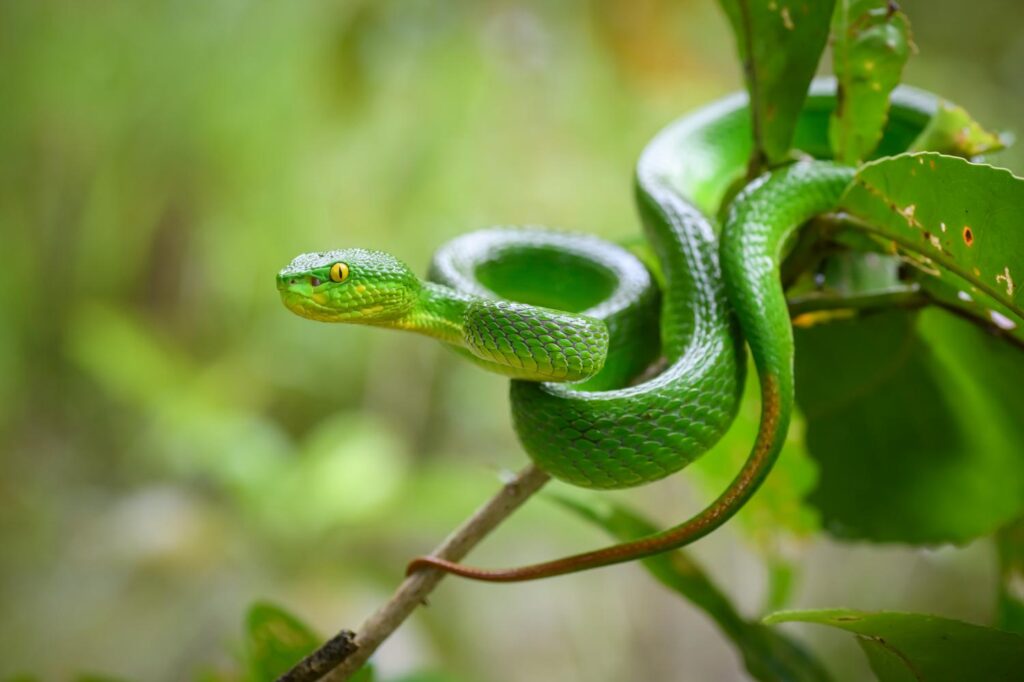
Some snakes consistently display high levels of exploratory behavior when introduced to new environments, demonstrating what researchers classify as “bold” personality types. These individuals typically move with purpose upon first encountering novel situations, investigating their surroundings with tongue flicks and deliberate movements rather than remaining hidden. Bold snakes often approach novel objects with minimal hesitation and adapt more quickly to captive environments. This personality trait correlates with higher activity levels generally and sometimes with increased feeding motivation. In the wild, bold individuals may be more successful in certain ecological niches that reward exploration, such as environments with patchy resource distribution. However, this boldness can also come with increased predation risk, representing a classic evolutionary trade-off between reward-seeking and safety.
The Cautious Observer
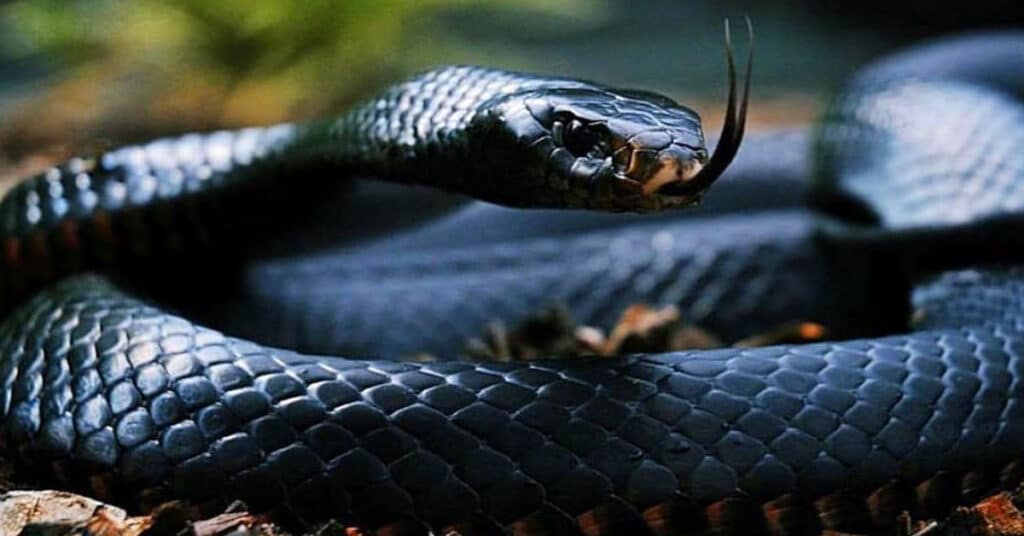
In contrast to bold explorers, cautious snakes typically remain still or retreat when first encountering new environments or stimuli. These individuals prioritize safety and information gathering before taking action, often spending extended periods observing from secure positions. Their first movements tend to be slow and methodical, with frequent pauses to assess the environment. Cautious snakes generally display more pronounced defensive behaviors and take longer to acclimate to handling or environmental changes. This personality type may provide evolutionary advantages in predator-rich environments or situations where resources are predictable and stable. Researchers have found that cautious individuals often have higher baseline stress hormone levels and more reactive stress responses when disturbed, suggesting physiological differences underlie these behavioral tendencies.
Aggressive Defenders
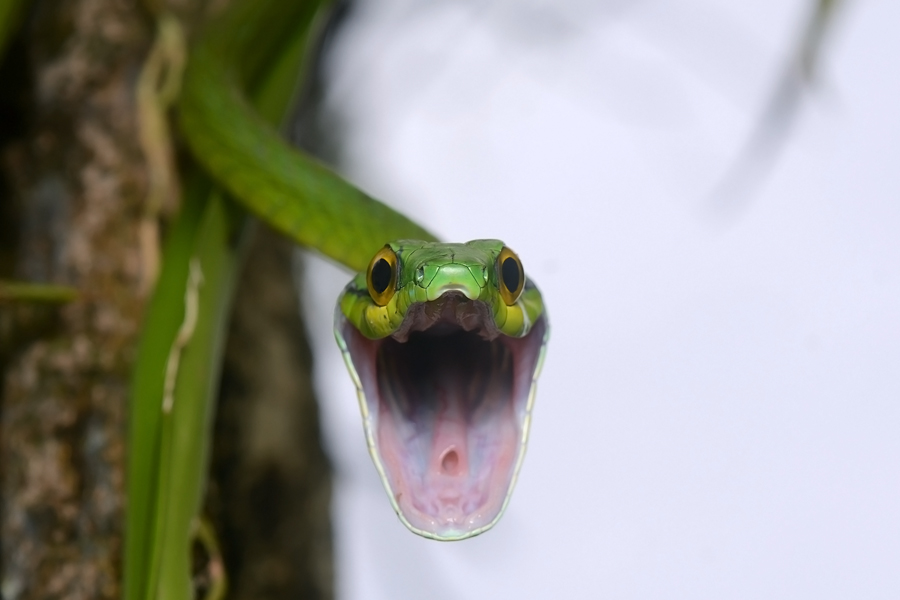
Some snakes consistently respond to novel situations with defensive aggression, revealing a personality type characterized by proactive defense. These individuals may immediately adopt strike postures, hiss, rattle, or actually strike when first encountering unfamiliar stimuli or perceived threats. Their first movements often involve creating distance between themselves and the stimulus while simultaneously preparing to defend themselves if necessary. This personality type appears more common in certain species and bloodlines, suggesting a genetic component to this behavioral tendency. Aggressive defenders typically maintain this response pattern across contexts, though its intensity may decrease with repeated exposure to the same stimulus. For captive keepers, recognizing this personality type early allows for appropriate handling adjustments and habitat design to minimize stress for both snake and caretaker.
The Curious Investigator

Certain snakes display marked curiosity when first encountering novel situations, characterized by prolonged tongue-flicking and deliberate investigation. These individuals approach new objects or environments with apparent interest rather than fear, often making direct contact to gather sensory information. Their first movements typically involve a methodical exploration pattern, systematically investigating different areas without showing strong avoidance behaviors. Curious snakes generally habituate more quickly to captive environments and handling, making them particularly suitable as educational animals or pets. This personality trait correlates with increased environmental interaction generally, with these individuals spending more time actively engaged with enrichment items in captivity. Research suggests this curiosity may stem from differences in sensory processing and reward systems in the snake’s brain, creating a natural tendency toward information-seeking behavior.
The Impact of Species Differences
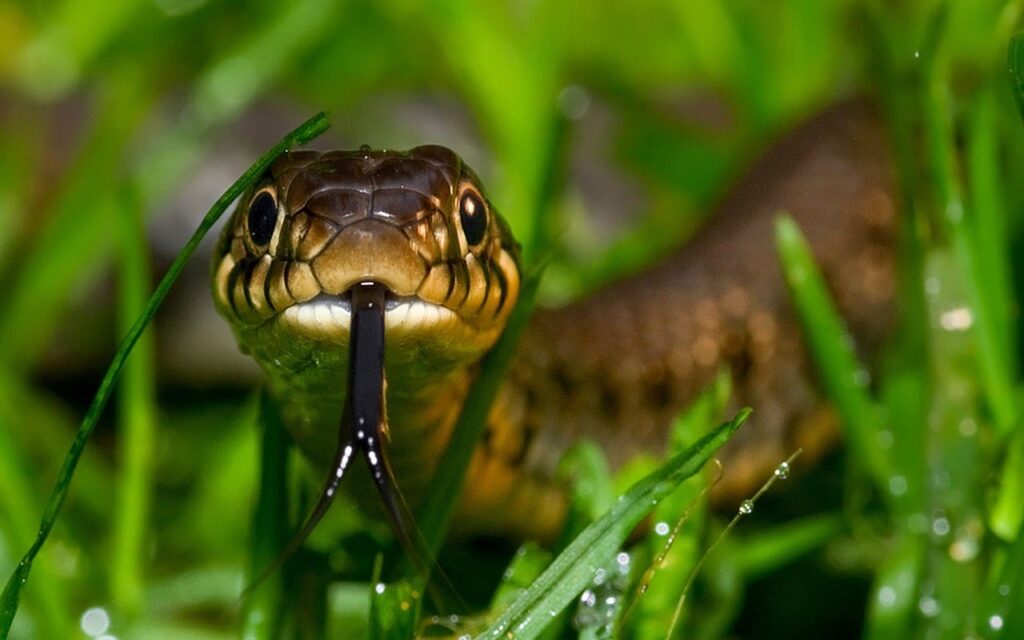
While individual personality exists within all snake species, the range and expression of personality traits vary significantly between species due to evolutionary adaptations. Arboreal species like green tree pythons often display more cautious first movements, carefully testing branch stability before committing to movement. Fossorial (burrowing) species typically show immediate substrate-seeking behavior when placed on unfamiliar surfaces, revealing innate habitat preferences regardless of individual personality. Fast-moving hunters like racers and whipsnakes generally display higher baseline activity levels across all personality types compared to ambush predators like vipers. These species-level behavioural tendencies create a framework within which individual personalities express themselves, producing complex behavioural patterns that combine both species-typical behaviours and individual traits. Understanding these species differences helps contextualize individual behavioral observations when assessing a snake’s personality.
How Age Affects First Responses

A snake’s age significantly influences its first behavioral responses, with juveniles typically displaying different reaction patterns than adults of the same personality type. Hatchling and juvenile snakes generally show more pronounced defensive behaviors regardless of their underlying personality, as their small size makes them vulnerable to a wider range of predators. First movements in young snakes often prioritize finding immediate shelter, while adults may be more likely to stand their ground or investigate. Research indicates that while core personality traits remain relatively stable throughout life, their expression can change as snakes mature and gain experience. Some initially defensive individuals become more tolerant with age, while others maintain consistent response patterns throughout their lifespan. These age-related behavioral changes reflect both developmental processes and learned responses based on accumulated experiences.
Reading Body Language Cues

Beyond the broad movement patterns, subtle body language provides additional insight into a snake’s personality during its first response to a new situation. Head position offers valuable information—a head held low to the ground typically indicates caution or submission, while a raised head suggests alertness or potential defensiveness. Body tension serves as another important indicator, with relaxed muscles suggesting comfort while tight, coiled postures signal stress or readiness to strike. The pattern and frequency of tongue flicks reveal information-gathering activity, with rapid flicking indicating heightened awareness or stress. Even tail positioning communicates personality traits, with some individuals using tail displays (vibrating or rattling) as first-line communication while others keep their tails motionless to avoid detection. Learning to read these subtle signals helps snake handlers anticipate behavior and respond appropriately to different personality types.
Implications for Captive Care

Understanding a snake’s personality through its first movements has profound implications for providing appropriate captive care tailored to individual needs. Bold, exploratory snakes typically benefit from larger enclosures with varied enrichment opportunities that satisfy their need for stimulation and investigation. Cautious individuals often thrive with additional hiding spots and visual barriers that provide security and reduce stress in their environment. Snakes that consistently display defensive aggression may require specialized handling protocols and habitat designs that minimize perceived threats. Keepers can use knowledge of personality types to adjust feeding strategies, handling frequency, and environmental complexity to each snake’s specific temperament. This personalized approach to husbandry not only improves animal welfare but often leads to better feeding, breeding, and overall health outcomes in captive reptiles.
First Movements in Wild vs. Captive Snakes
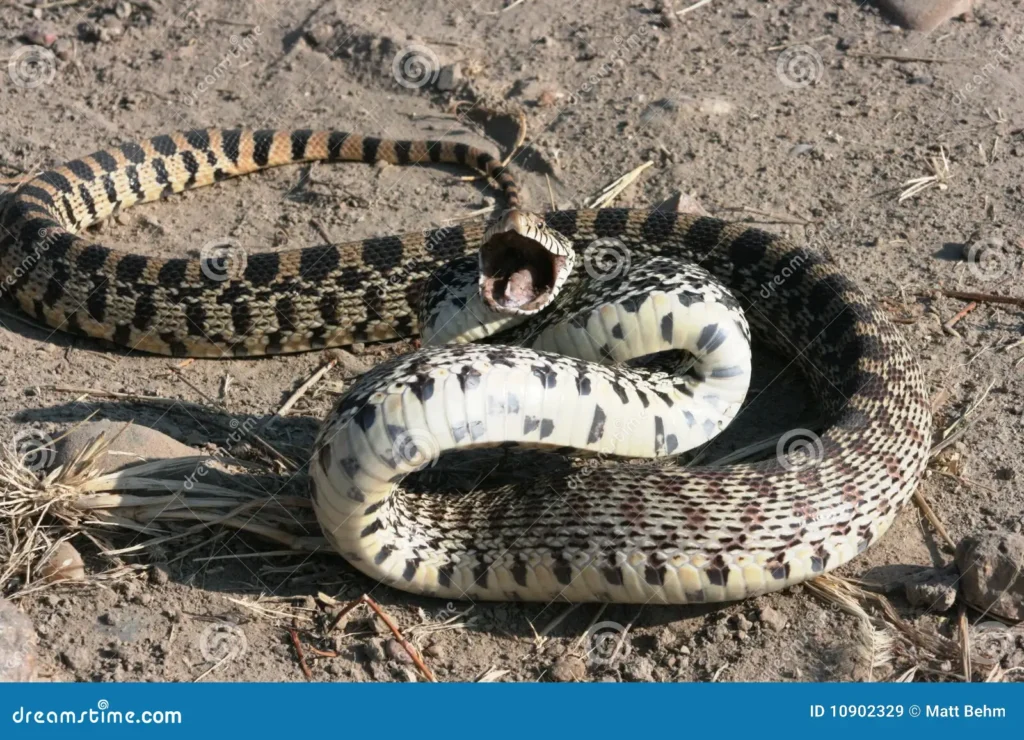
Wild-caught and captive-bred snakes often display marked differences in their initial behavioral responses due to their different life experiences and selection pressures. Wild-caught individuals typically show more pronounced defensive responses when first encountered, prioritizing anti-predator behaviors regardless of their base personality type. Their first movements frequently involve seeking immediate cover or displaying threat behaviors developed through natural selection and learning. Captive-bred specimens, particularly from long-established bloodlines, generally display more moderate first responses and adapt more quickly to handling and captive conditions. This difference stems partially from inadvertent selection for tractable individuals in breeding programs and partially from developmental differences in predictable captive environments. However, research shows that fundamental personality differences exist in both wild and captive populations, suggesting these traits have deep evolutionary roots rather than being merely products of environment.
How Handlers Influence Snake Behavior
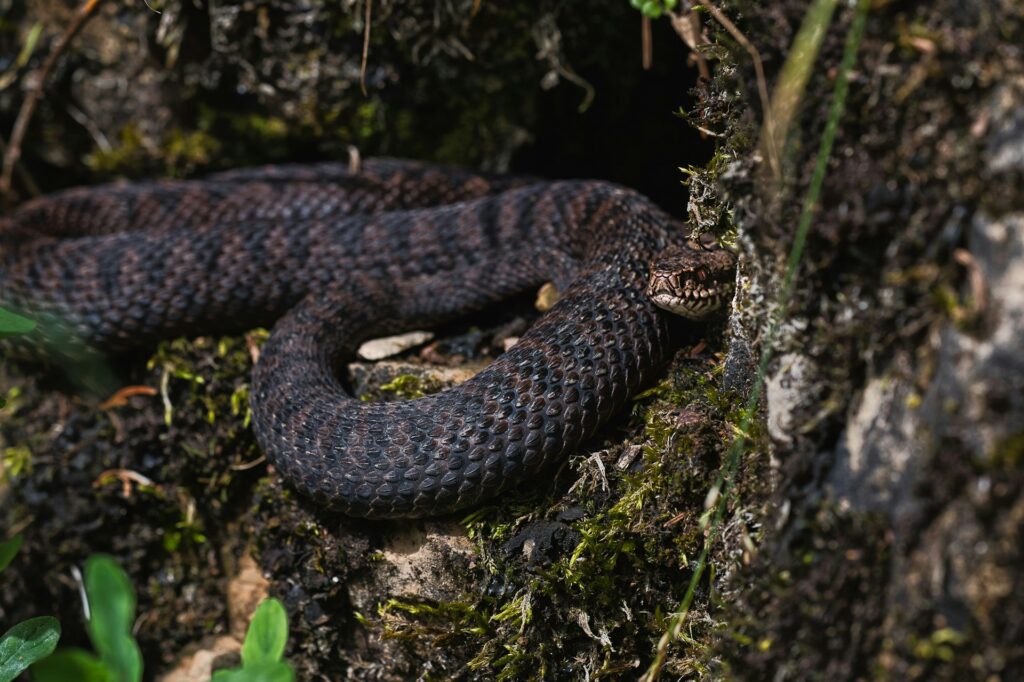
The presence and behavior of human handlers significantly impacts a snake’s first movements, creating a dynamic interaction between snake personality and human approach. Rapid, overhead movements by handlers typically elicit defensive responses even in relatively bold snakes, as these movements mimic natural predator approaches. The handler’s body temperature, scent, and even emotional state can influence how a snake initially responds to interaction. Research indicates that snakes can distinguish between different human handlers and may show consistent differences in response based on previous interactions. Gentle, predictable handling techniques generally elicit more positive first responses across all personality types, though individual differences in tolerance remain evident. This interplay between handler approach and snake personality highlights the importance of reading individual behavioral cues and adjusting handling techniques accordingly rather than using a one-size-fits-all approach.
Practical Applications for Snake Personality Assessment
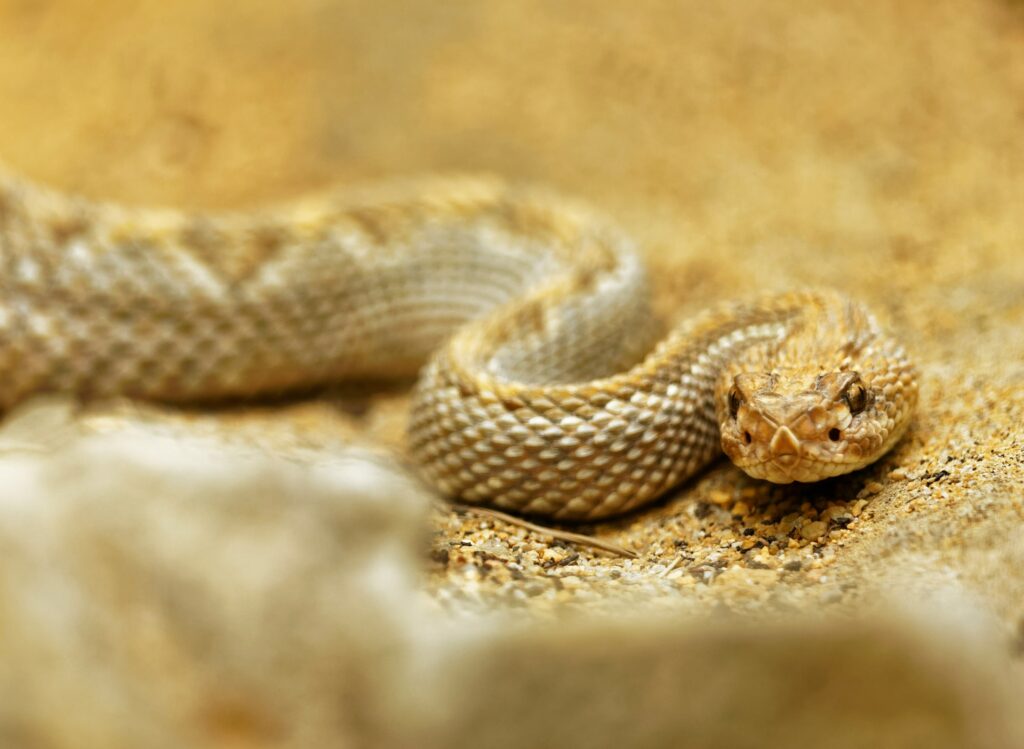
Evaluating a snake’s first movements provides practical information for everything from pet selection to conservation work. For prospective pet owners, observing initial responses helps match individuals to appropriate homes—a defensive snake might not be suitable for a family with children, while a highly active explorer needs adequate space and enrichment. Wildlife rehabilitators use personality assessments to determine release readiness, as overly bold individuals may lack appropriate caution around humans after rehabilitation. Breeding programs increasingly consider behavioral temperament alongside genetic diversity and physical traits, particularly for species bred for educational programs or conservation. Researchers studying wild populations can use standardized personality assessments based on first responses to better understand how different behavioral types succeed in various habitats or respond to environmental changes. These practical applications demonstrate how simple behavioral observations can provide valuable insights across multiple contexts.
Understanding what a snake’s first move reveals about its personality opens a fascinating window into reptile psychology while providing practical benefits for both snakes and the humans who interact with them. These initial behavioral responses—whether bold exploration, cautious assessment, or defensive posturing—reflect consistent individual differences that influence how each snake experiences and navigates its world. By recognizing and respecting these personality differences, we can better meet the needs of captive snakes, make more informed conservation decisions, and develop deeper appreciation for the complex inner lives of these remarkable animals. As research in this area continues to evolve, we’re discovering that snakes, like all animals, are unique individuals whose behaviors tell stories about their experiences, preferences, and temperaments—stories that begin with those revealing first moves.

